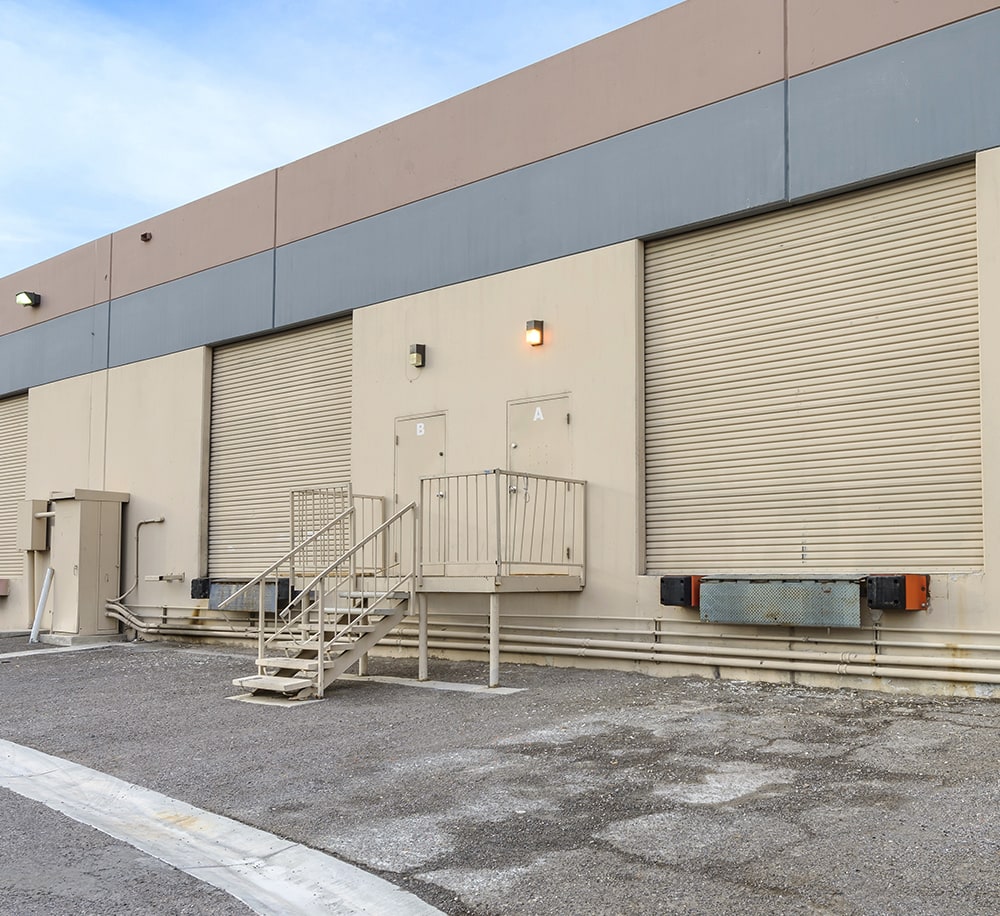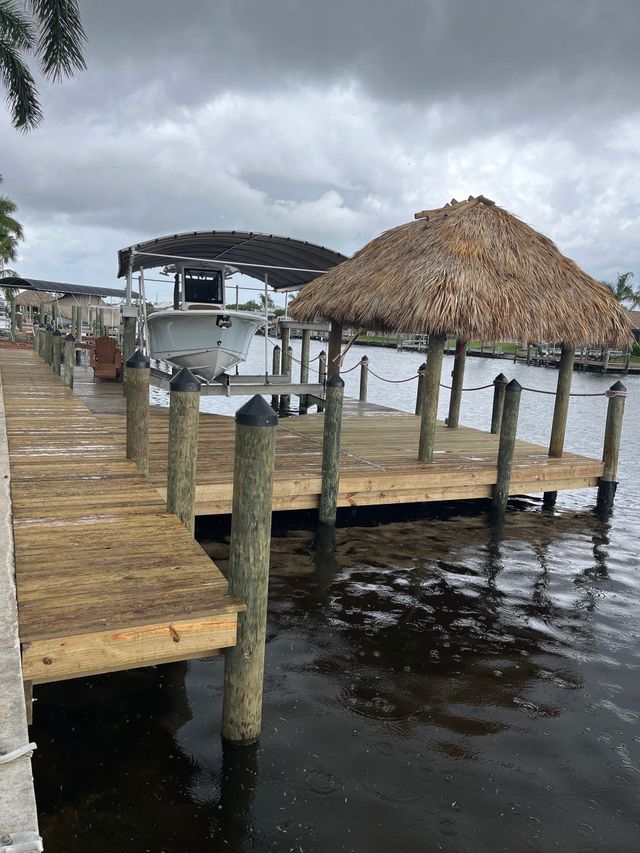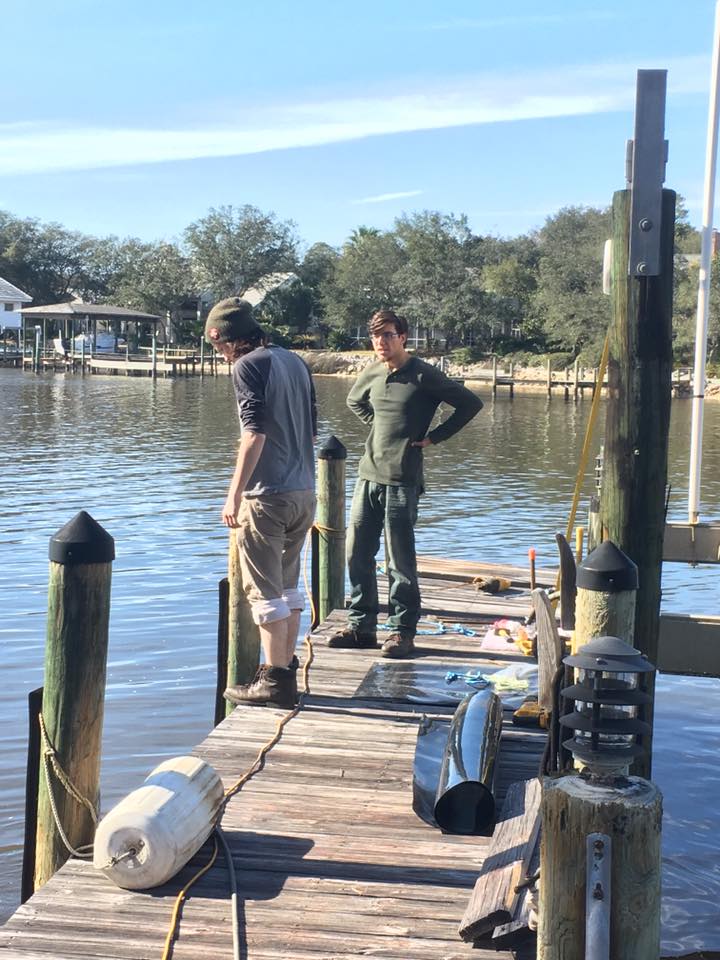Why Routine Upkeep Can Decrease Future Dock Repairs
Why Routine Upkeep Can Decrease Future Dock Repairs
Blog Article
Efficient Dock Repair Work Techniques: Making Certain Structural Integrity
Making sure the structural integrity of anchors with reliable fixing methods is vital for the long life and safety and security of aquatic centers. Ultimately, choosing the ideal repair service materials, such as composite materials and corrosion-resistant alloys, is vital for durability.
Evaluating Dock Damages
Assessing dock damage is a vital very first action in making sure the structural stability and safety and security of any kind of docking facility. Trick facets to take a look at include the dock's structure, pilings, decking, and hardware (Dock Repairs).
Structural designers or certified inspectors commonly carry out these assessments utilizing specialized devices and strategies. For example, underwater evaluations might employ finder devices or remotely ran cars (ROVs) to identify immersed damage. Above water, visual evaluations are complemented by utilizing dampness meters and other diagnostic devices to reveal underlying problems not instantly visible to the naked eye.

Picking Repair Service Products
Choosing the proper fixing products is an essential step in the dock restoration procedure, one that directly influences the long life and performance of the fixed framework. Material selection must be driven by elements such as environmental conditions, load-bearing needs, and compatibility with existing dock components.
Along with wood, composite products are significantly popular due to their resilience and reduced maintenance needs. Composites, generally made from a blend of plastic and wood fibers, use excellent resistance to rot, pests, and UV damage. For steel anchors, choosing corrosion-resistant alloys such as galvanized steel or marine-grade light weight aluminum is necessary to protect against corrosion and make certain architectural integrity in saline water problems.
Epoxy materials and marine-grade sealants are vital for repairing splits and securing joints, offering a water-proof barrier and boosting the dock's general stamina. By thoroughly picking high-quality materials, dock fixings can accomplish durable results, therefore securing against future degradation and making sure risk-free, reliable usage.
Architectural Reinforcement Techniques
Effective architectural support techniques are important in guaranteeing the stability and long life of dock repair services. This method is especially effective for docks revealed to heavy loads or extreme ecological conditions.
Another important technique is the application of fiber-reinforced polymers (FRP) These materials supply high strength-to-weight proportions and superb resistance to deterioration, making them suitable for strengthening concrete or wooden anchors. FRP can be applied in strips or sheets and adhered with epoxy materials to enhance architectural integrity.
Supporting and securing systems likewise play an important function in architectural support. Cross-bracing, utilizing metal or wood beam of lights, can combat lateral forces, decreasing swaying and activity. Anchoring systems, such as helical piers or driven heaps, offer a steady foundation by moving loads to much deeper, much more secure dirt layers.
Lastly, the integration of load-distribution plates can aid distribute weight more evenly throughout the dock's surface, mitigating local anxiety points. These methods jointly make certain that docks continue to be risk-free and robust, efficient in standing up to the rigors of their operational setting.
Advanced Repair Work Approaches

One more sophisticated technique includes undersea welding, which enables repair work to be conducted without the need to dewater the location. This approach is particularly helpful for addressing architectural issues in submerged dock parts, guaranteeing minimal disturbance to procedures. Boosted welding strategies, coupled with robot systems, deliver accuracy and reliability, thus extending the life expectancy of the dock.
Furthermore, cathodic defense systems are see this here executed to avoid corrosion in metallic dock frameworks. By utilizing sacrificial anodes or amazed present systems, these techniques properly mitigate the electrochemical processes that cause material wear and tear.
Last but not least, advanced surveillance technologies, such as architectural health surveillance (SHM) systems, provide real-time data on the condition of dock frameworks. These systems make it possible for positive maintenance and prompt treatments, inevitably ensuring the long-term architectural honesty of the dock.
Maintenance and Prevention
Upkeep and avoidance are fundamental ideas that underpin the longevity and safety and security of dock structures. Regular assessments are paramount, permitting for very early detection of deterioration, potential weak points, and ecological influences. A proactive technique, entailing routine checks for corrosion, rot, and architectural shifts, minimizes costly repair work and extends the dock's operational life.
Safety nets should include applying protective layers to steel components to defend against corrosion and utilizing cured wood to withstand decay. Furthermore, making certain appropriate drain and ventilation can prevent water buildup, which is a common reason for architectural deterioration. Integrating top quality products and sticking to maker standards during building and fixing phases also play important functions in website link improving durability.

Educating workers in dock upkeep finest practices ensures regular application of safety nets. Leveraging technological advances, such as drones for examinations and sensors for real-time surveillance, can better enhance maintenance initiatives. By prioritizing upkeep and prevention, dock proprietors can make sure structural honesty, operational safety and security, and economical management over the dock's life-span.
Final Thought
Finally, preserving the architectural integrity of aquatic centers necessitates comprehensive dock repair work techniques. Detailed evaluations utilizing innovative devices blog here reveal both visible and concealed damages, while the choice of ideal repair service materials enhances longevity. Implementing structural support methods addresses tension points properly. Advanced repair techniques, combined with normal upkeep methods, guarantee the dock continues to be functional and risk-free under diverse environmental conditions. Adopting these strategies substantially lengthens the life expectancy and performance of aquatic facilities.
Guaranteeing the structural stability of docks with efficient repair service methods is vital for the durability and security of aquatic facilities.Choosing the suitable repair work materials is a critical step in the dock restoration process, one that straight affects the long life and efficiency of the repaired structure.Effective structural support strategies are essential in making certain the security and durability of dock repair services. By prioritizing maintenance and avoidance, dock proprietors can make sure structural integrity, functional safety and security, and economical monitoring over the dock's life-span.
In verdict, keeping the architectural integrity of aquatic centers requires comprehensive dock repair strategies.
Report this page